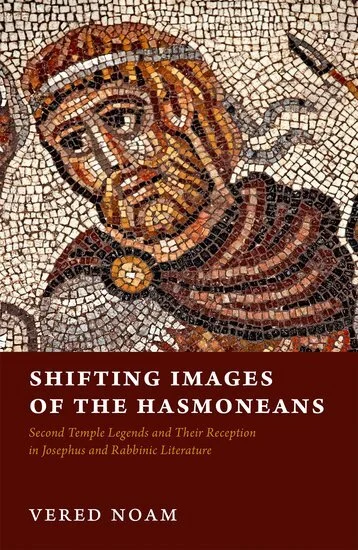"We tend to think about rabbinic interpretations, like midrash, arising from a difficulty in the text itself: smoothing out a piece of grit until, in the famous analogy, it becomes a pearl. What if, however, difficulties that arise from the juxtaposition of two texts are fertile ground for interpretation as well—and that interpretation is not meant to make them easier, but rather, harder?"
Read MoreMoodle Midrash
By asking the students to reflect critically on their own interpretations, they gained a much sharper awareness of the perspectives of their own questions: what are the different stakes that are present in the text, for different readers? What did it mean to read is a “scholar,” and what did it mean to read as a “believer?” What were the locations where those stakes overlapped, and what did that tell us about the enterprise’s entire construction?
Read MoreBook Note | Shifting Images of the Hasmoneans
Noam shies away from firmly positing the existence of a concrete document or text that served as the shared source of rabbinic and Josephan traditions. Rather, she suggests that we conceive of a “pool of traditions,” a shared storehouse of stories and narratives, perhaps containing multiple documents, likely written in Hebrew and Aramaic, to which the rabbis and Josephus both had access.
Read MoreDissertation Spotlight | Daniel Picus
“I argue that that the rabbis are deeply concerned with the form, format, and divisions of the biblical text, and that these aspects of the text have a crucial role in rabbinic understandings of the formation and transformation of the reader.”
Read MoreBook Note | The Scriptural Universe of Ancient Christianity
"Stroumsa makes a subtle move here, however: rather than suggesting, as many before him have, that there was a transition from cult-centered religion to book-centered religion, he argues that book becomes cult."
Read MoreNeis, The Sense of Sight in Rabbinic Culture
Neis’s book stands as a corrective to a long tradition that has assumed “a Jewish resistance to, or even incapacity for, vision” (p. 1).
Read More




